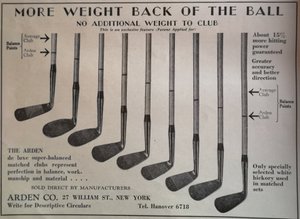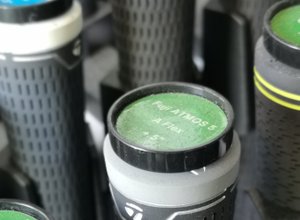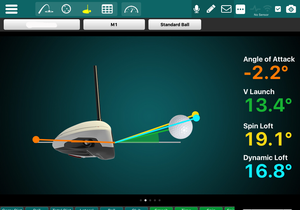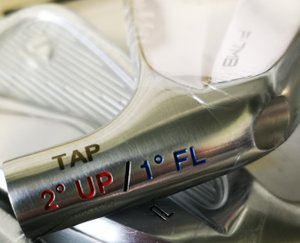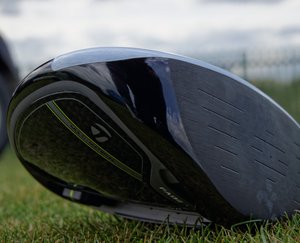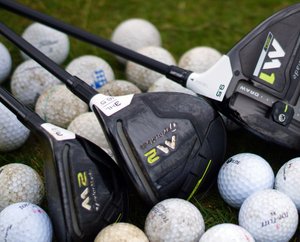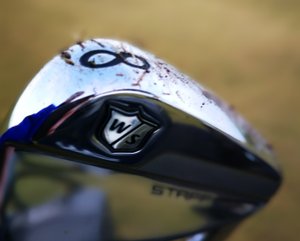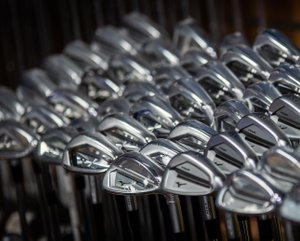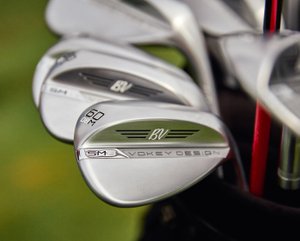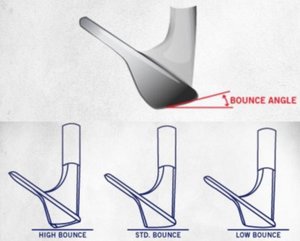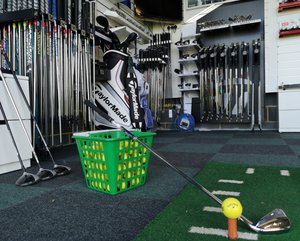Club Fitting
A S Brook-Golf
The Professional Approach To Golf
Tim Jenkins Golf, Cleveland Golf Club, Redcar.
Club Fitting at Tim Jenkins Golf
At Tim Jenkins Golf we aim offer a professional club fitting experience to players of all abilities, using the latest technologies and proven process to get the right club into the players bag.
The days of walking into a golf store and buying a set of irons, 3-SW, regular flex with steel shafts off the shelf are long gone. All the major brands offer custom fitting for their club models at no extra cost.
We use FlightScope to analise the various swing and shot parameters needed to offer the ideal club make up to suit the individual.
Benefits of Club Fitting
Club fitting is nothing new. In days gone by clubs were hand made by Golf Professionals as part of their job. Clubs would be made to suit the idividual ordering the clubs, maybe not quite to the precision we now demand.
Club fitting offers the golfer the opportunity to play a set of clubs personalised to thier height, build, strength and swing characteristics. It will help to make the game a little easier and more enjoyable. It will help you deliver the club into the ball faster for more distance, more centered for better consistency and squarer for better turf interaction to help with direction.
Fitting Parameters
There are various measurments and considerations to take into account when fitting any club to a player. These must always take into account the players preferences and feel as well as the physical measurments.
- Make and Model. This is the customers preferece and should always be the starting point.
- Static Measurements. This is to determine the players height and importantly wrist to floor measurment. This will help choose the initial length and lie of the club.
- Dynamic Measurments. These will be taken using FlightScope after the players has warmend up using their own club. FlightScope uses Dopler Radar technology to track both swing and ball flight, giving a comprehensive analysis of each shot played.
Measurements include;
- Club Speed
- Ball Speed
- Smash Factor
- Carry Distance
- Total Distance
- Spin Rate
- Launch Angle
- Height
- Descent
- Angle of Attack
All the above measurments help the fitter to determine the correct shaft flex, weight and bend point.
The last measurments taken will be to determine the lie angle for irons using the dynamic test of hitting a couple of shots from a strike board and finally measure hand size to get the correct grip size.
